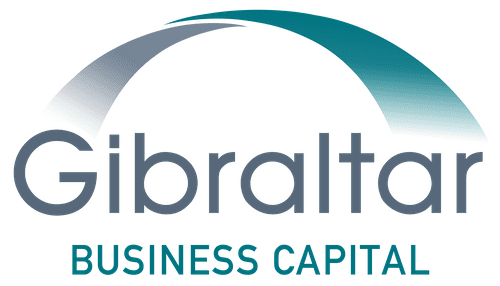We recently sat down with GBC’s Chief Credit Officer Jeff Stanek to get his insights on how the ABL industry has evolved over the past three decades, what’s driving the greatest changes, and what’s in store for the future. He also shared his take on misconceptions about asset based lending and how borrowers can best position themselves in today’s financial climate.
Jeff’s in-depth experience in all aspects of ABL has covered origination through problem loan management. As a seasoned commercial lender with extensive and progressive experience in asset based lending, Jeff leads an experienced credit team in managing risk and credit policy while keeping a focus on enhancing GBC’s client relationships.
How have you seen the ABL industry change over time?
I have seen many changes in my almost 30 years in lending. The changes that have been most advantageous for companies relying on asset based facilities are related to the breadth of industries that ABL can now serve because of the flexibility it offers in structuring.
The gap between commercial and cash-flow facilities has also narrowed greatly, and continues to do so, which provides more optionality and access to liquidity for asset based borrowers. In speaking with our customers, the flexibility our structures offer often trump their desire to move to more traditional bank financing structures.
What do you think is the biggest force impacting the ABL market today?
Many recent articles on the ABL market have noted that supply chain issues, inflation and the overall economy continue to impact companies across numerous industries. For companies that are currently in cash flow lending facilities and asset based facilities within regulated banks, these issues can impact their financial performance, cause strain with their lenders and ultimately impact their access to liquidity.
These impacts, coupled with the continued regulatory and compliance hurdles that regulated lenders must follow, has caused a migration for companies from bank ABL, to non-bank ABL, and given rise to many new non-bank ABL players.
What’s the biggest misconception about asset based lending?
There is an outdated misconception that asset based lenders are the “lender of last resort”. Asset based lenders can often unlock more liquidity and flexibility for companies in certain situations.
Companies that have historically used cash flow financing may not be familiar with certain aspects of asset based facilities like the reporting and monitoring requirements and these requirements may seem onerous to them at first. However, once we have a chance to discuss the more flexible aspects of asset based structures with prospective clients, like springing covenants and using creativity to generate more liquidity, the reporting aspect is no longer a real concern.
How can borrowers best position themselves with lending partners to better navigate today’s financial climate?
The best thing customers can do is to communicate early and often if they see any challenges ahead. Customers who are proactive in confronting challenges and communicating them with their lenders can benefit from a more collaborative approach to finding the best solutions for their business. Business decisions can’t be managed in a vacuum as new opportunities and challenges are always occurring. As a lender, it is a great feeling when you help a company proactively address issues to ensure their goals are achieved.
What do you do to set up and support your credit team for success?
We have an excellent, highly experienced credit team which I feel is especially beneficial to our customers. I guide my team to approach their portfolios as if it is their own money invested, allowing them to take charge as needed. This approach allows us to have very collaborative discussions on how to balance risk and maximize the value we provide to our customers.
To learn more about these topics and Gibraltar’s flexible financing solutions, visit us at www.gibraltarbc.com or reach out to talk to a member of our experienced sales team.


